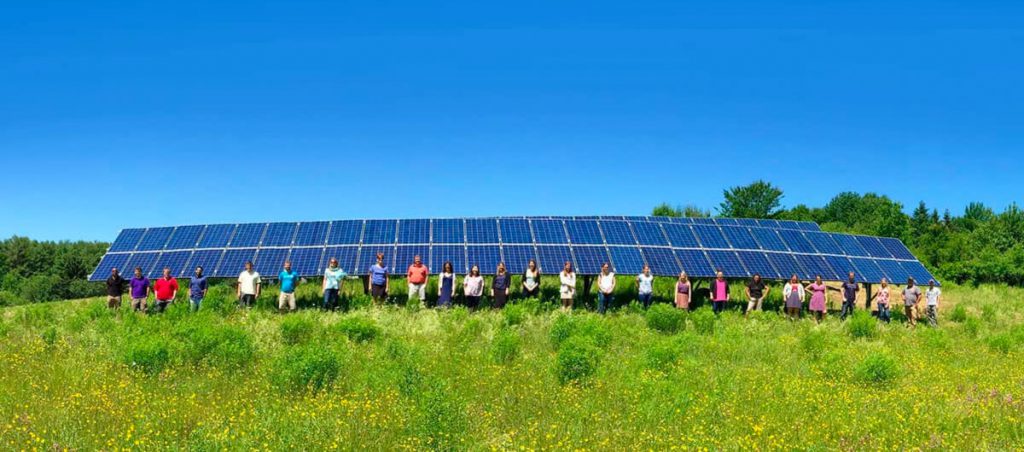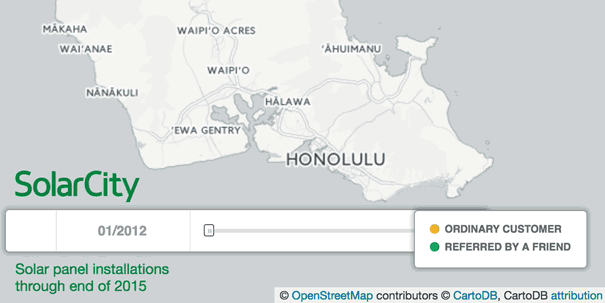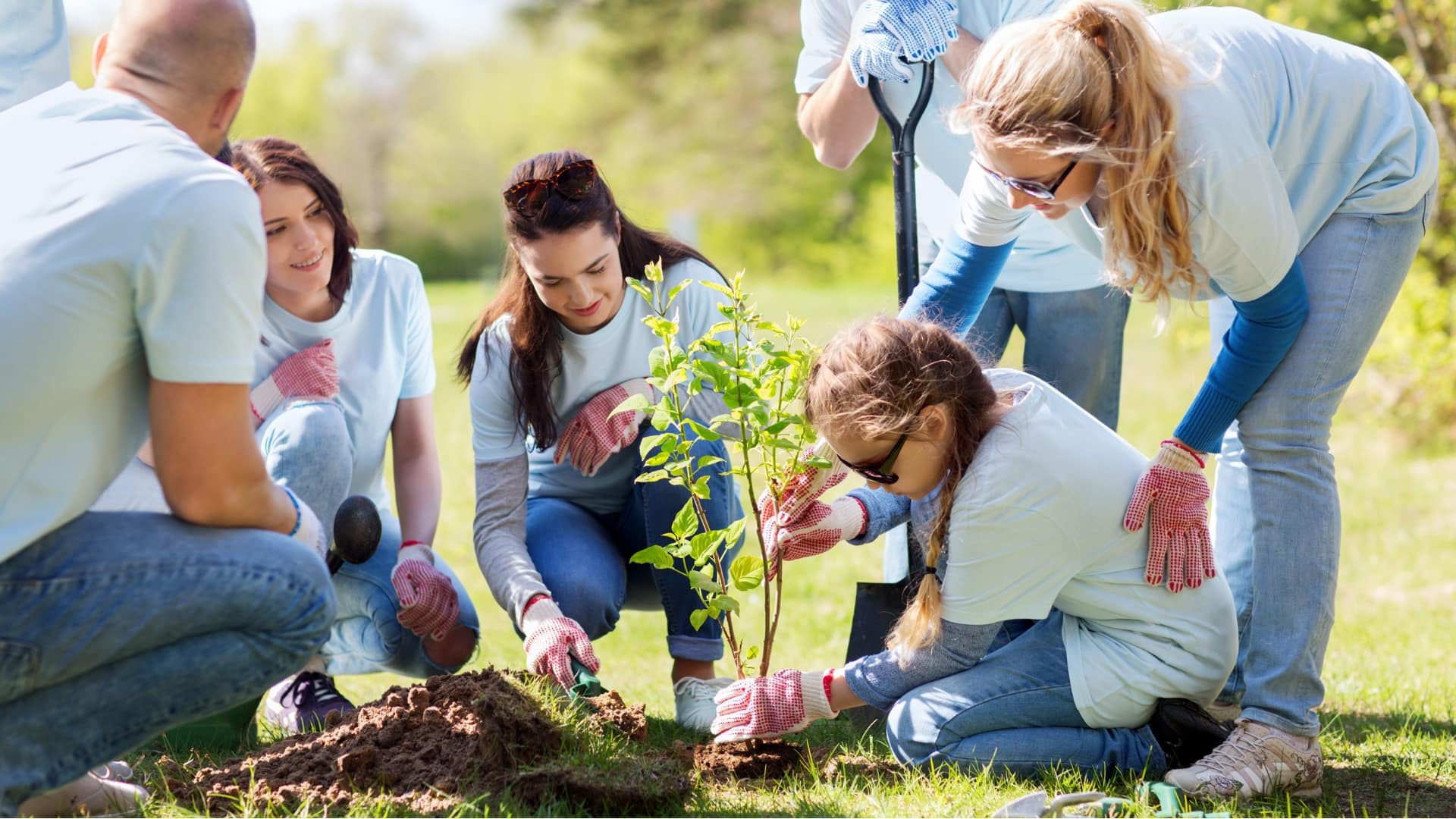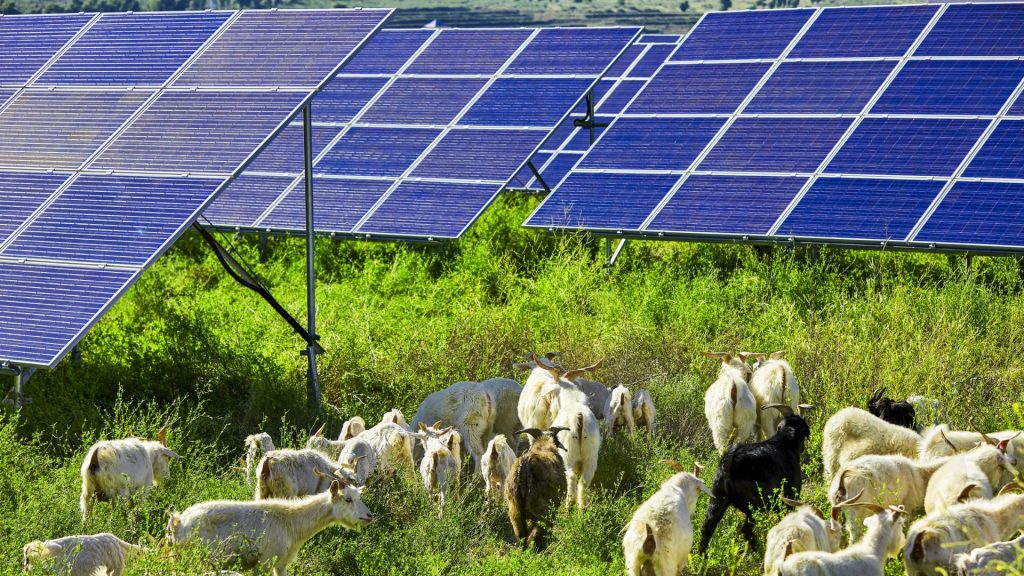People, organizations, and nations around the world are making new commitments to solve climate change. But it’s not clear who’s going to take the lead. In all the commotion, tight-knit communities are emerging as leaders in the movement to protect our climate.
Table of Contents
Communities Are the Right Size For Action
Climate change is a global challenge. Carbon emissions in the U.S. affect the climate across the world in China–and vice versa. No one person or group can face the challenge alone.
But organizing global action is especially challenging. Seven billion voices clamoring to be heard won’t get far without a shared, incisive message, and agreeing on a single effective message is difficult. Different cultures have unique motivations to protect the environment, and different local habitats that they connect with best. Even though billions around the world agree we need to fight climate change, strategies will need to differ from place to place and be initiated by more local leaders.

That’s the first reason why communities are how we can solve climate change. By definition, communities can’t be too big or too small. The Oxford english dictionary defines a community as “a group of people living in the same place or having a particular characteristic in common.”
Just one person can’t be a community. Usually, neither can two or three. And by most practical uses, an entire country is too big to be considered one single community. So not only is a community big enough to make a difference in the fight against climate change–it’s also small enough to organize coordinated action.
Environmentalism Is Contagious
Caring for the environment can be tough to do alone (though you can make a difference!), but it becomes much easier in groups! When people see that their neighbors share their values, it reinforces their commitment to living those values to the fullest.
But don’t take it from me–a host of scientific research backs up the idea that people are more likely to care for their environment when those around them do the same. Here are a few good examples:
- Harvard Business Review found that people use less energy when they think their neighbors care about the environment. The study actually found that people’s energy use depended more on whether they thought their neighbors used less energy to preserve the environment than whether they themselves cared about the environment.
- People are less likely to litter when their surroundings are litter-free, probably because they assume that local people care for the area–hence no litter. On the other hand, when there is even a little bit of litter on the ground already, people are much more likely to litter. Why? That first assumption no longer holds.
- Solar energy is contagious! When one person installs solar panels, their neighbors become much more likely to go solar themselves. A couple theories can help explain why. For one, given that solar is still a relatively young technology, most people don’t know too much about how it works. Seeing their neighbors take advantage makes them more comfortable taking on the new technology themselves.

Communities In Action: Making a Difference On Climate Change
The idea that communities are well-suited to take on climate change isn’t just theoretical. Communities today are making a real difference, planting trees, pursuing clean energy, and avoiding waste. Here are some great examples right here in the United States:
- According to Environment America, 40 American colleges and universities get 100% of their power from clean sources. College campuses are perfectly suited to lead this kind of progress–people feel highly connected to their institution, enough to pitch in to make sure it’s healthy and sustainable. By the way, K-12 schools don’t want to be left out, either!
- Community-shared solar, a model in which a local community shares credits from a central solar garden, can bring hundreds of households into the fight against climate change together all at once. And don’t underestimate what one local community can do: a typical 3MW solar garden, serving about 400 homes, can offset over 2,000 tons of carbon dioxide annually.
- Towns have taken on wasteful plastic bags better than anyone else. In Massachusetts alone, over 98 towns and cities have placed regulations on plastic bags. The collective impact of those bans is enormous!
- Companies can act as a community in and of themselves. Even large companies, which some folks consider to be anti-community (as well as heavily responsible for climate change), are able to take quick action to fight climate change if they adopt a company-wide goal. In fact, many large companies, like Google and Facebook, which pride themselves on creating a community atmosphere for their employees, have gathered buy-in from their networks and become some of the biggest buyers of clean energy.
These are just a few instances of local residents and coworkers taking control of their future through sustainable behavior, but they impart an important message: when considering the fight against climate change, don’t underestimate the power of the community.




